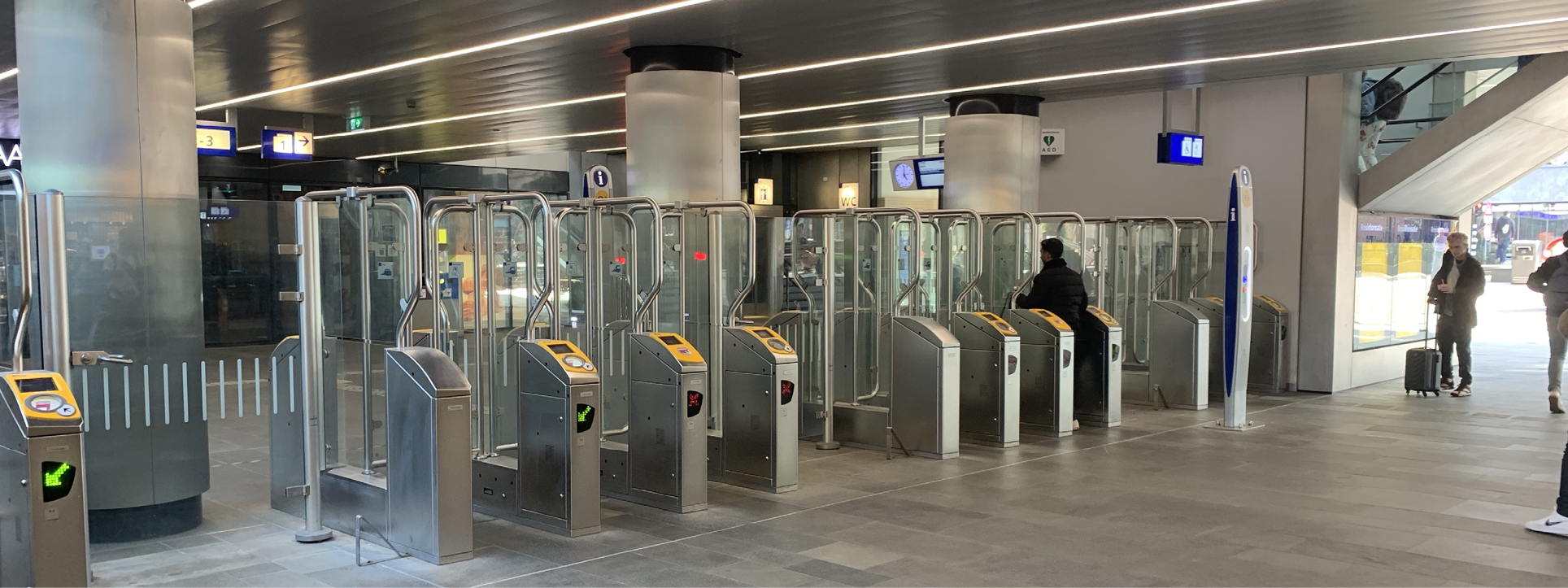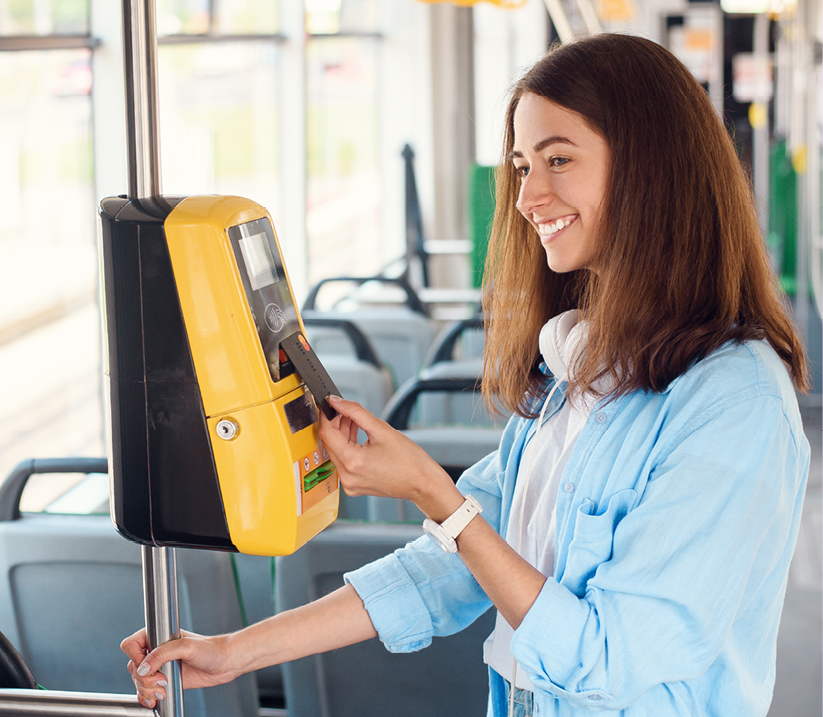Today, contactless cards provide a fast and frictionless payment experience, where up to a certain value, the normal cardholder verification method of entering a PIN is not needed. It has revolutionized payments for low value items. This trend has accelerated in the past year, with people concerned about the hygiene risks of handling cash. Recent data from Juniper Research found that digital payments have increased by almost 50% in 2021 compared to 2020.
Over the years, the transit ecosystem has seen ticketing payment options evolve in line with ever-increasing traveler expectations. One method that can live up to these high expectations is contactless payments. They are ideal for transit – where speed and convenience are key to a seamless user experience. This is another trend which is on the rise, with 88% of travelers saying that they expect their public transit systems to offer contactless payments in the future. Therefore, many transport providers are looking to deploy in EMV in transit to meet traveler expectations for safe and easy payments.
Why EMV?
Organizations around the world use the EMV® Specifications to develop and deploy card-based payment products that will work together seamlessly and securely, regardless of where their customers make or accept payments.
Combining travel cards and EMV contactless technology into one system reduces the number of cards travelers need to carry. The payment card effectively becomes the ticket to travel. This removes the need for transport providers to offer their own card management systems, reducing card stock overheads.
Open vs Closed Loop
The use of cards produced by others and usable elsewhere has led to the term “Open Loop”, whereas “Closed Loop” cards can only be used for transit payments. Both approaches can co-exist and address complementary use cases. They also both have different benefits for travelers and transport system operators.
EMV Open Loop benefits travelers and transport system operators in the following ways:
It enables a single-step process (simply use EMV card on gate).
There is no need for cash or different cards for different locations.
It provides the same user experience for travelers as they would get in-store.
Travelers can track transactions online.
Security is built-in, reducing misuse and fraud.
There is no need for own card-issuance.

There are multiple approaches to EMV Closed Loop, each of which has its own benefits:
Card as credential – a pre-purchase model that allows the traveler to use their chosen payment card or mobile device at a reader. This authorizes entry to the travel system based on the customer’s transit account, but no financial transaction is triggered.
EMV White Label – this is a branded EMV transit card issued by the transit authorities or operators themselves. It’s not connected to a payment scheme network, which means there is no need for an industry standard protocol (PCI) when deploying a White Label solution.
Limited use prepaid cards – this is a co-branded transit card with an existing payment scheme and is only usable within the transit organization’s defined bounds. This gives spending control to the traveler as it lets them set spending limits themselves.
Choosing the best solution
While proven, secure and widely adopted across the payments market, the EMV ecosystem can be complex. And deciding which EMV solution to adopt can be challenging. There is a need for a clear business objective to determine which solution will best fit your transit network. Multiple players, technologies and guidelines must be navigated to make the project a success. For transport players looking to cash in, getting to grips with these complexities first is essential.
Deciding to deploy an EMV project is a huge undertaking and there are a number of key topics to address throughout the project lifecycle. Multiple stakeholders need to be managed, fare strategies determined, risk management policies defined, and appropriate technologies selected. Therefore, operators should consider partnering up with a consultant to guide them on their journey towards EMV deployment.
Fime’s consultants and technical experts can support the whole process. This includes helping you understand the payment ecosystem, assess what solution is best for you and upgrade existing systems to enable best-in-class traveler experiences.
Download our eBook to learn more about the different options available and outline key considerations for public transport operators and authorities wanting to deploy EMV in transit.

